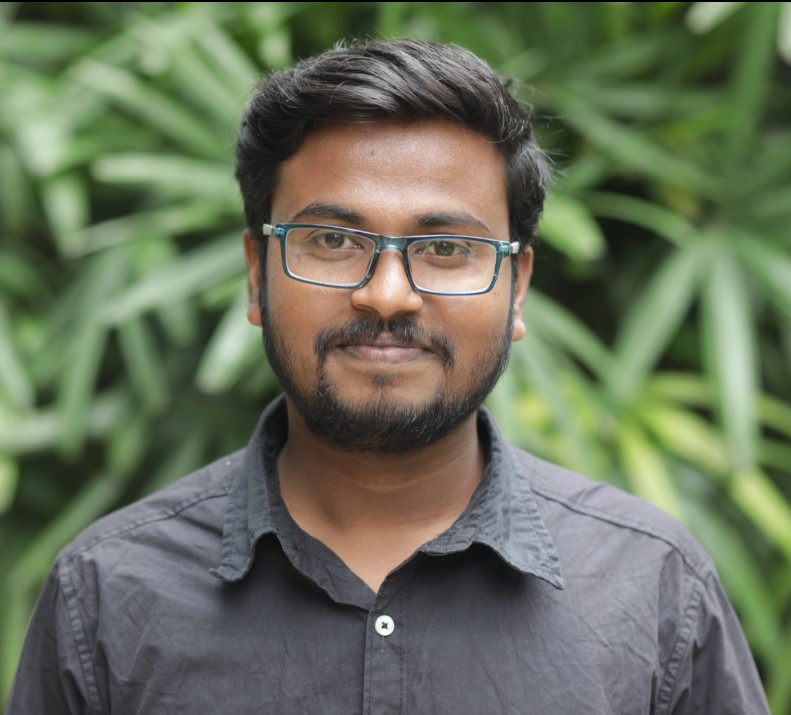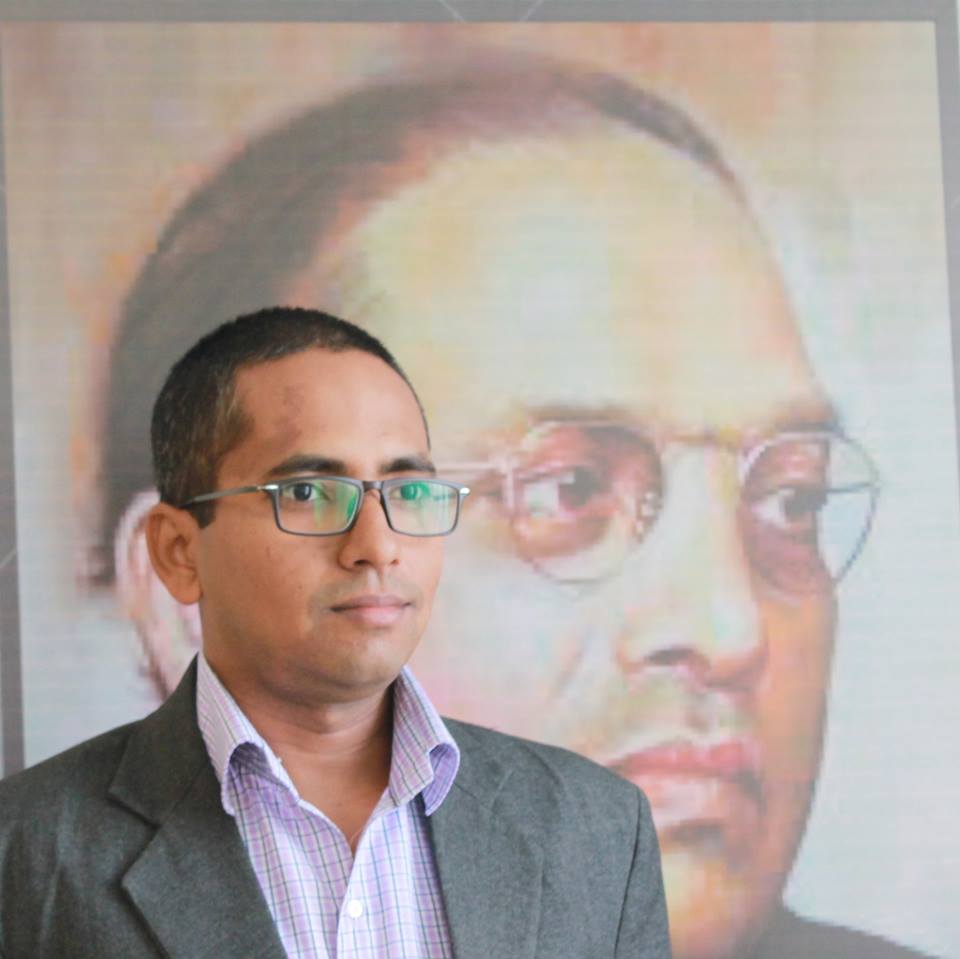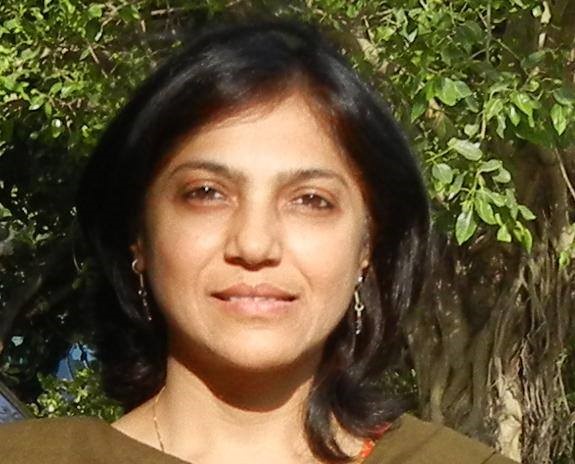Bagavanidhi M
 Once when I gave Babasaheb Ambedkar’s book to my friend in Rameshwaram in southern Tamil Nadu, I asked the friend who belongs to a dominant caste Maravar community how his parents would react. He replied saying his parents don’t know much about Ambedkar, but if this was an Immanuel Sekaran book, it would become problematic, and his friends may even tear or burn the book. October 9th marks Immanuel Sekaran’s 95th birth anniversary, and while this may not cause a stir across the country, it causes a stir in Southern Tamil Nadu among the Pallar community. Immanuel Sekaran influenced the Pallar community far more than Ambedkar and other anti-caste leaders. For the youth of this community, posters usually mean images of Immanuel Sekaran or Maveeran Sundaralingam who fought against British East Indian Company. They may not know about Babasaheb Ambedkar’s anti-caste politics, they only know Immanuel Sekaran as their role model.
Once when I gave Babasaheb Ambedkar’s book to my friend in Rameshwaram in southern Tamil Nadu, I asked the friend who belongs to a dominant caste Maravar community how his parents would react. He replied saying his parents don’t know much about Ambedkar, but if this was an Immanuel Sekaran book, it would become problematic, and his friends may even tear or burn the book. October 9th marks Immanuel Sekaran’s 95th birth anniversary, and while this may not cause a stir across the country, it causes a stir in Southern Tamil Nadu among the Pallar community. Immanuel Sekaran influenced the Pallar community far more than Ambedkar and other anti-caste leaders. For the youth of this community, posters usually mean images of Immanuel Sekaran or Maveeran Sundaralingam who fought against British East Indian Company. They may not know about Babasaheb Ambedkar’s anti-caste politics, they only know Immanuel Sekaran as their role model.
Immanuel Sekaran continues to live in the common memory of the people, even though he was active only for a small period and he didn’t start any major movement. Immanuel Sekaran was born in 1924 in Selur, a village of Mudukulathur in the Ramanathapuram district. His early education was in the same village. Later as the family moved to Paramakudi there he studied at Schwartz’s High School. In 1945, he joined the Indian Army as Havildar Major. After serving the army for a few years, he returned to Paramakudi to become a Youth Congress leader. He worked towards uplifting the Dalits and organised ‘Annihilation of Caste Conference’ in Madurai which was presided over by B.R. Ambedkar. Immanuel Sekaran also founded the Gospel Lutheran Christian Union on 26 September 1954 and served as its General Secretary. Immanuel Sekaran is importantly seen by his community as the image of resistance as he sacrificed his life to challenge Muthuramalingam (Thevar) face to face by representing his community.
So just as how the dominant caste highlights Muthuramalingam (Thevar), the Pallar community highlighted Immanuel Sekaran as a symbol of resistance against dominance. Immanuel Sekaran is seen as the immediate and nearest identity standing against everyday discrimination, atrocities, and dominance in their village, region. And by celebrating Immanuel Sekaran they pass on the message to the dominant castes that we are not lower than you. Now Immanuel Sekaran has also emerged as the resistance to ruling BJP and Hindutva groups when they attempted Hindutva politics among the Pallar community. Immanuel Sekaran’s Christian identity became a big barrier for the Hindutva groups to take in the whole community in their pockets. Even though Immanuel Sekaran was a freedom fighter, Hindutva groups, hesitate to use his image, and continue to keep silence on his murder.

Culturally, the Pallar community doesn’t accept Brahmin supremacy. Brahmins are not called for marriage or death ceremonies. They feel resistance against dominance and supremacy is the inherent tradition of their community. Pallar community also has a rich legacy of anti-caste politics. After Babasaheb Ambedkar’s revolutionary mass conversion to Buddhism on 14 October 1956, around 200 Pallar families embraced Islam on February 19, 1981. The Pallar community also call themselves as Mallar and Devendrakula Vellaras (Devendrars) and claim that they are descendants of Indiran who sits on the white elephant and is believed to be the rain God. They celebrate Indira Vizha every year. According to Buddhist literature, Indiran is the one who controls five external body parts from the desire. This leads to the arguments about the Buddhist roots of the Pallar community. Most Pallars are in consensus with the name Devendrakula Vellalar or Devendran, although there is no evidence that everyone is accepting to be excluded from SC list.
But the Devendrakula Vellaras have also tried to emerge as a dominant caste and show acceptance of the Hindu caste pride, which has lead to hatred, dominance, and discrimination of other castes which are below them in Hindu social order. This is totally against the legacy of Immanuel Sekaran. The community should find out their rich tradition and culture in the centuries of anti-caste life and resistance of dominance, not in Hindu social order. There have been examples of hate speech in social media about other communities by a few members of the community, or instances of threatening others from the same community when people have a different opinion. These are some examples of how the community losing democratic sense. This is the nature of the Hindu caste system also.
Acceptance of Hindu caste inequality cannot be the dignity, true liberation and respect for Immanuel Sekaran. As stated by Babasaheb Ambedkar, “How Hinduism is a denial of equality has already been made clear. It upholds privilege and inequality. Thus, in Hinduism, the very first condition for liberty (of social equality) is conspicuous by its absence.” Some of the community’s persons inferiority complex and the search of the position in Hindu social order tends to lead to the cultural mistakes and that will question the self-respect of future generations.
There appears to be a big vacuum of Ambedkarite politics among the Pallar community. There is no leader to give Ambedkarite ideological perspective for the self-assertion of Devendrars against caste dominance and atrocities. A. Malaichamy, the Tamil Nadu state convener of the Dalit Panthers of India (DPI), is one notable person to introduce Ambedkarite politics among Pallar community and works for the upliftment all Dalit communities. There is a historical duty for the followers of Immanuel Sekaran to develop the resistance and unfinished life by the light of Ayothidass Pandithar, Babasaheb Ambedkar and Thanthai Periyar. This is the time for the youth and students who admire and are inspired by Immanuel Sekaran and his anti-caste politics, to rethink what is the true path of salvation and liberation.
~~~
Bagavanidhi M is an Ambedkaraite, he currently has a fellowship at Indian Institute for Human Settlements Bangalore. He studied MA Sociology at the University of Madras.










